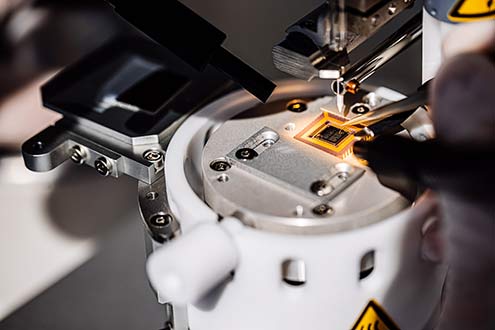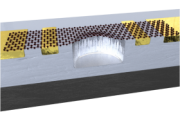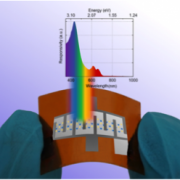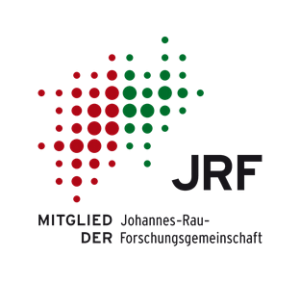The first operational amplifier based on a two-dimensional material
Researchers from TU Wien, AMO GmbH, University of Pisa and Wuppertal University have realized the first operational amplifier based on the two-dimensional semiconductor MoS2, reaching a key milestone towards the vision of a flexible electronics all based on two dimensional materials. This result has just appeared in the journal Nature Electronics.







